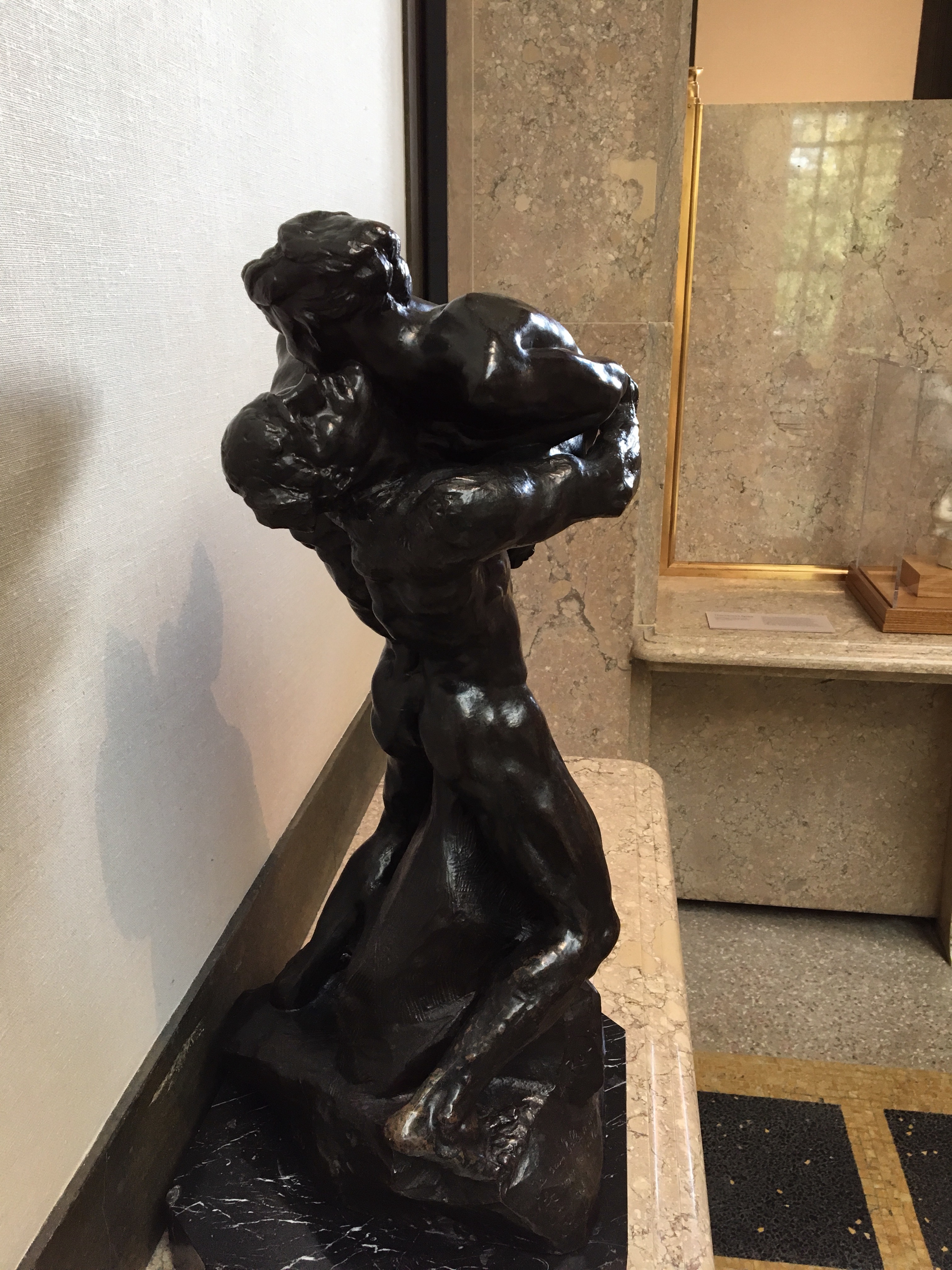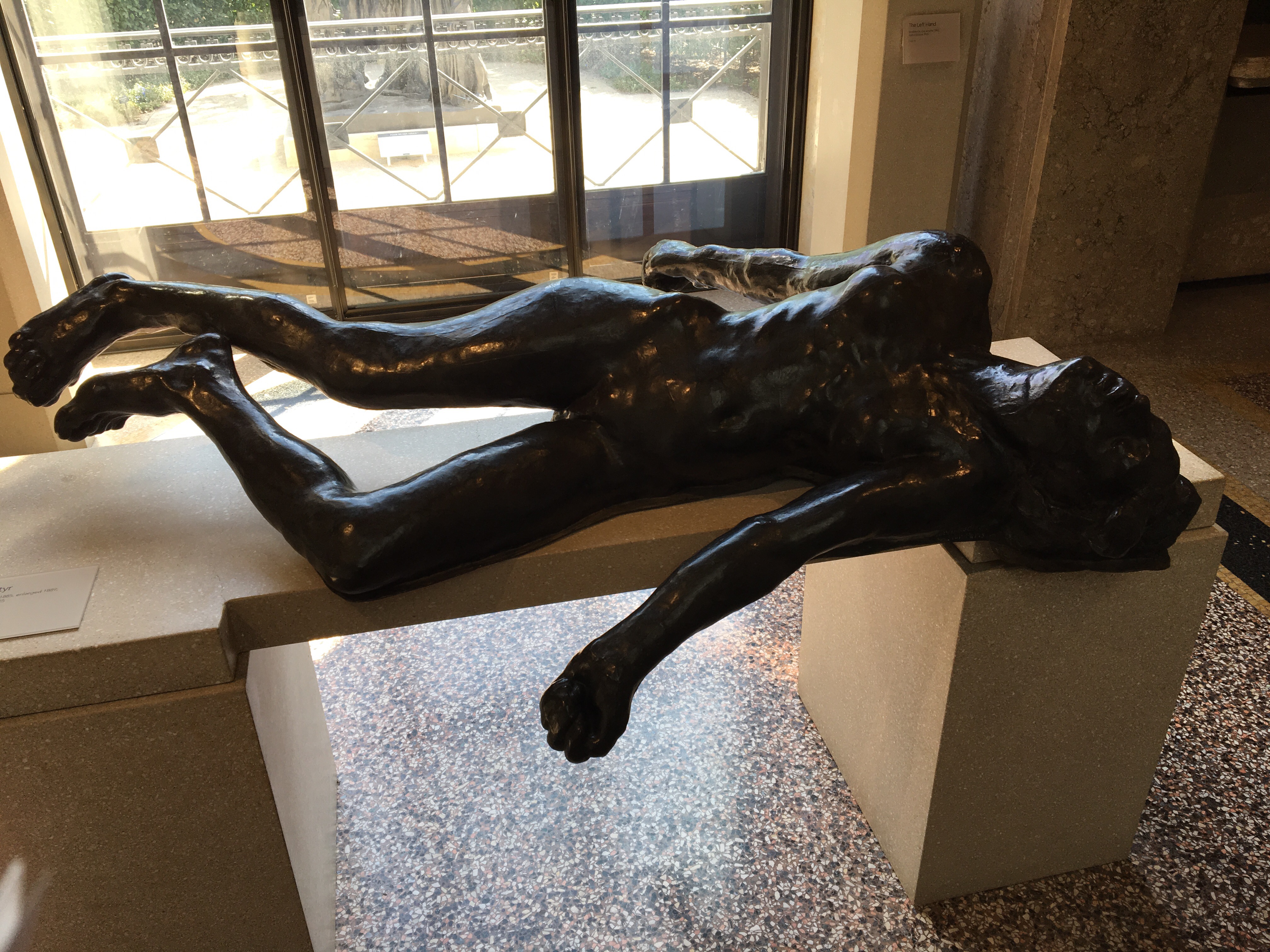Tags
I spent some time in Philadelphia this week in order to think about gender equity in a time of uncertainty and regulatory change. I learned a lot, and left energized by conversations with brilliant colleagues who use their skills as educators and advocates to help make a better world.
The conference reminded me that this moment is an opportunity for all of us to demonstrate commitment to creating a welcome environment for people of all genders and to ending violence and harassment on our campuses.
The experience also helped me realize that the hard working folks in my field need to shift our focus from training models designed to help people understand policy and procedure (message: obey!) to a learning one where we help people learn about healthy relationships (with scaffolding strategies) and persuade people who aren’t inclined to care about our work or listen to us. It was a timely reminder that compliance isn’t enough – we have to get up off the floor and reach for the ceiling.

When I wasn’t doing that work (or dong other work), I used the time as an opportunity to sample some of the amazing cuisine and art in Philadelphia.
The food was uniformly delicious – from Bridgid’s delectable trout to the oyster po’ boy at Beck’s Cajun Cafe and the bialy and lox at Hershel’s East Side – but the highlight of the trip was a lunchtime visit to the Rodin Museum in the Fairmount neighborhood. The museum is on Benjamin Franklin Parkway, on the path to the Philadelphia Art Museum.

A replica of Rodin’s Thinker welcomes visitors and passersby at the entrance. I’m familiar with the famous sculpture, but I never spent much time thinking about it, except as a symbol/shorthand for deep contemplation. I marveled at Rodin’s ability to capture such a fundamentally internal process in a statue, but didn’t think about it as a representation of the human figure. When I stood in front of the statue, I found myself focusing on its physical characteristics – the knuckles, the tendons, the obliques, the body language.
The museum is located in a building that evokes ancient Greece. The museum’s website helpfully shares that it’s a Beaux Arts style building, a style of architecture from the 19th and early 20th century derived from France that blended ancient Greek and Roman designs with ones from the Renaissance and Baroque era. There’s usually a sense of grandness with buildings in this style, but the museum feels quiet and intimate. The garden and reflecting pool immediately outside the museum complements this effect – once you pass the two columns at the front of the museum, you feel like you’ve entered a different world.

The museum features over 140 pieces of Rodin’s work scattered throughout the building and in the garden area, with samples from every phase of his career. I found myself drawn to Rodin’s hands and faces. I love the way that he depicts emotional extremes, from the anguish of the Burghers of Calais walking towards their death and the gates of hell to the passion captured in I Am Beautiful and the exuberance of Youth Triumphant.



Rodin’s hands are expressive and beautifully rendered. They add layers of meaning to his sculptures. The hands of the burghers – both in the Burghers statues and in the Clenched Hand (an early study for the former) – complement the sense of hopelessness that one gets from Rodin’s faces.


His Cathedral suggests an intimacy between lovers that is a quieter counterpart to the more demonstrative I Am Beautiful or the powerfully passionate the Damned Women.


I was also struck by Rodin’s efforts to grapple with the ineffable through his Hand of God and Gates of Hell sculptures. The Hand of God draws a parallel between human and divine acts of creation, with God as divine sculptor, shaping humanity from a barren rock. The contrast between the hyper-real sculpture of a human hand emerging from a block of marble and the impossible image of the partially formed figures materializing from the rock is striking, almost magical. It’s a beautiful metaphor for the creative process.




The Gates of Hell are a powerful monument to the human experience. It contains figures in agony and ecstatic abandon, along with images suggesting compassion and love (both sexual and maternal).

The Thinker is perched near the top of the gates, surrounded by figures in all manner of embraces (some of which look passionate, others of which almost look torturous).

As with the Hand of God, the title of the piece suggests a straightforward religious interpretation, but the sculpture feels like a tangible representation of a doorway to the human mind, complete with chaotic and contradictory emotions and experiences.
The statues are impressive in photographs and art books but gain a magical quality when viewed in person. The interplay of light and shadow over the curves of the statues spark the imagination and add layers of mystery and meaning.

The hand in the Hand of God felt majestic and awe inspiring upon first view, but after looking at it for a few minutes in the midday light, it almost looked tender.




I love your description of the building — how it is designed in the grandiose beaux-arts style and yet still intimate. I work at the Rodin Museum and feel like that is such an accurate way for me to describe how it feels being there. Great description of the Thinker! Originally Dante, he has become all of us atop the Gates of Hell seeing all the joy, misery, and love that encompasses life. Great post!